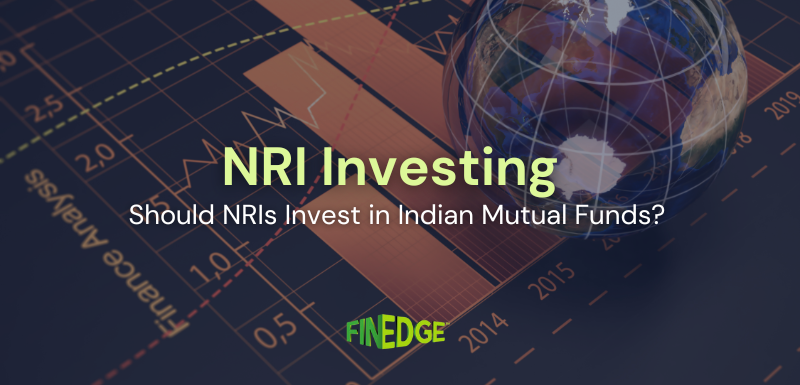Top Mutual Fund Misconceptions Retirees Should Avoid

The cumulative Assets Under Management (AUM) of Indian Mutual Funds may have gone past the 22 Lakh Crore (22 Trillion) rupee mark recently, but anecdotal evidence suggests that a number of Mutual Fund investment related misbeliefs still abound. Here are three common ones to watch out for.
Retired People Should Completely Avoid Equity Oriented Mutual Funds
Many Mutual Fund investors who are retired and have no further source of income, believe that they need to invest purely into fixed income mutual funds and avoid the risks associated with equities altogether. However, this is not necessarily true. In fact, with the long-term inflation rate in India hovering around 6%, risk tolerance cannot be the sole determinant of asset allocation. Even retired Mutual Fund investors should ideally invest 10% to 20% of their overall portfolios to equity Mutual Funds, in order to strike a balance between risk and returns and aim for inflation beating returns in the long run. Think about it – as a retiree, you’ll likely be drawing on your corpus in bite-sized tranches over a very long period of time. Resultantly, the risks of having a measured dose of equity in your portfolio will largely be nullified.
You Should Always Invest into Funds That Have a High AUM
A very common fund selection criterion is its size or AUM (Assets Under Management). While it does ring true that a high AUM is in fact indicative of a long-term track record of outperformance (as performance track records attract further inflows), it’s not always the best fund selection criterion. For instance, small cap funds that are too large often become unwieldy and start deviating from their mandates in order to keep up with inflows. Even niche funds such as sectoral or thematic funds may warrant a place in your portfolio despite being small in size, if you’re in sync with their investment management philosophy and believe that the sector or theme in question will outperform the broader market in the long run. This is one of the reasons why some fund houses shut further subscriptions into their schemes when they cross a certain AUM. For best results, view the AUM of a fund parallelly with other importance factors: such as fund manager pedigree, strategy for the medium term and its broad underlying investment philosophy, to name a few.
NPS Funds are Lower Risk than Mutual Funds, Simply Because the NPS is a Government Run Scheme
Many uninformed Mutual Fund investors choose to invest into the NPS (National Pension Scheme) for wrong reasons. The foremost being the incorrect assumption that NPS investments are lower risk in nature than Mutual Fund Investments. Investors must understand that the NPS cannot be equated with other government guaranteed
Your Investing Experts
Relevant Articles
Responsible Credit Card Usage: Three Principles Every Consumer Should Follow
Credit cards are powerful financial tools when used correctly, offering convenience, rewards, and short-term liquidity. But when used without discipline, they can quickly turn into high-interest liabilities. Understanding a few essential principles can help you manage your cards responsibly, maintain a strong credit score, and avoid stress caused by compounding debt.
Types of Debt Funds in India
Debt funds in India offer something for everyone, from overnight investors to those with long-term goals. Knowing the types of debt funds can help you align your choices with your financial plan.
Should NRIs Invest in Mutual Funds in India?
India’s economy is entering a powerful growth phase, and NRIs have a unique chance to be part of it. Mutual funds make it simple, transparent, and goal-driven to participate in this long-term opportunity.
.png)
.png)
.png)
